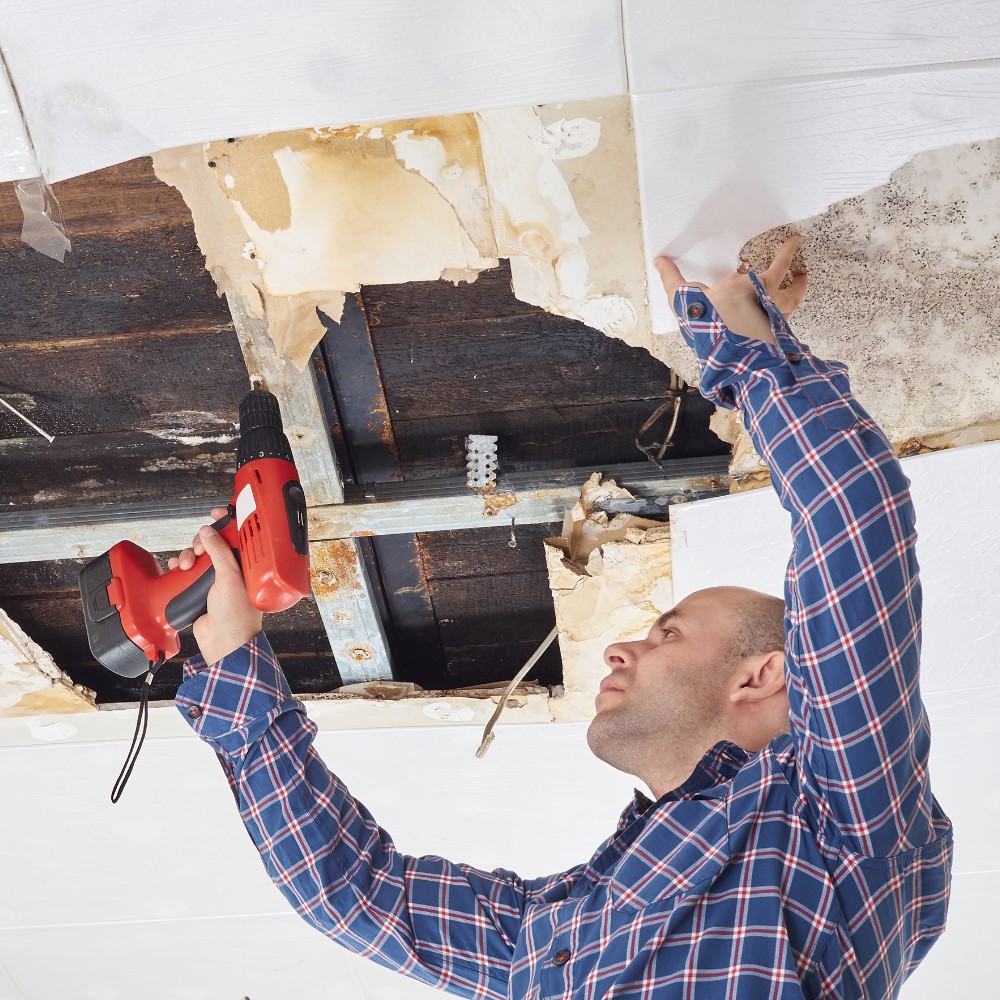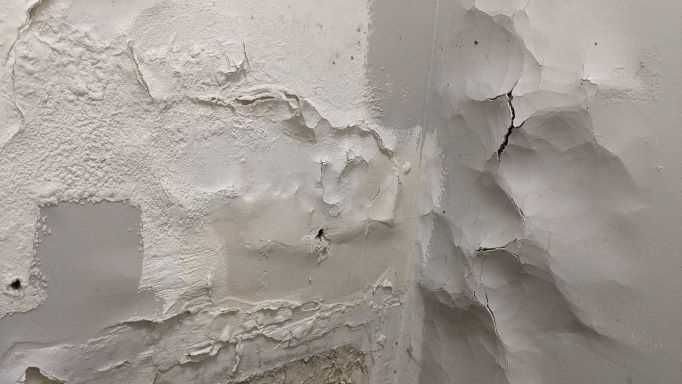The Refine of Water Damage Clean-up: Guaranteeing Your Home Is Brought Back Effectively
Water damage can be a difficult challenge for property owners, requiring a careful and organized cleaning procedure to bring back safety and functionality. A comprehensive evaluation is crucial to recognize the extent of the damage and establish the appropriate removal measures. Following this, efficient water removal techniques play a critical role in alleviating more harm. The subtleties of drying out, sterilizing, and ultimate reconstruction are equally important and commonly ignored. Recognizing these phases can make a significant difference in the outcome of your home's repair, motivating a closer look at what each step involves.
Evaluating the Damage
Upon finding water damage, the very first step is to extensively analyze the level of the influence. This first examination is critical, as it aids establish the necessary actions for efficient cleanup and restoration. Begin by inspecting the affected locations, including wall surfaces, ceilings, floors, and individual valuables, to identify the resource of the water invasion, whether from flooding, leaks, or condensation.
Documenting the damages is necessary for both insurance coverage cases and planning reconstruction efforts - damage restoration services. Use pictures and written notes to capture the extent of the damages, noting any type of affected architectural aspects and materials. Pay unique attention to locations that may not be right away visible, such as behind wall surfaces and under carpets, as concealed wetness can lead to additional problems, consisting of mold growth
In addition, evaluate the timeline of the water direct exposure. The longer the materials continue to be wet, the better the capacity for damages. Comprehending the period of exposure will certainly inform the necessity of removal initiatives. Ultimately, a detailed assessment lays the foundation for an effective water damage cleaning process, making sure that all impacted locations are dealt with properly and thoroughly.
Water Removal Techniques

Professionals usually utilize completely submersible pumps for bigger quantities of water, which can quickly minimize flooding in cellars or various other impacted areas. For smaller sized amounts, wet/dry vacuum cleaners are often used to remove residual dampness from carpetings and tough surface areas. In addition, making use of mobile extractors permits targeted elimination in restricted areas or locations with delicate materials.
In circumstances of infected water, such as sewer or floodwater, progressed extraction techniques may entail making use of biohazard tools to make certain safety and security and conformity with health and wellness policies. High-powered extraction tools are essential in reducing water retention in structural products, which can bring about mold and mildew growth and structural wear and tear if not dealt with promptly.
Ultimately, the performance of water removal methods plays a pivotal duty in the total success of the water damage cleanup procedure, preparing for subsequent reconstruction efforts.
Drying and Dehumidification
When standing water has actually been effectively extracted, the following vital stage in the water damage cleanup procedure is drying a fantastic read and dehumidification. This action is vital to stop further damages and mold development, which can occur within 24 to 2 days in moist environments.
To accomplish reliable drying, specific tools such as industrial-grade air movers and dehumidifiers is utilized. Air movers flow air across damp surfaces, enhancing evaporation prices, while dehumidifiers decrease moisture degrees in the air, advertising a helpful atmosphere for drying out. The mix of these tools ensures that dampness is extracted from floorings, walls, and furnishings, enabling them to completely dry thoroughly.
It is essential to keep track of the drying procedure closely. Experts frequently utilize dampness meters to assess the wetness web content in various materials, making sure that all affected locations reach acceptable dryness levels. This careful approach assists to avoid hidden moisture pockets that could result in architectural damage or harmful mold growth.

Cleaning and Disinfecting
After the drying out and dehumidification stage is total, the following crucial action in water damages clean-up is cleaning up and sanitizing the affected locations. This procedure is crucial to avoid the development of mold and mildew, germs, and other pathogens that thrive in damp settings.
The cleaning stage commonly entails getting rid of any type of debris, dirt, and impurities from surface areas utilizing specialized cleaning representatives. For difficult surfaces, a mix of soap and water or industrial cleaning items is commonly employed. Soft products, such as upholstery and carpets, might call for extra extensive cleansing methods, including vapor cleaning or deep extraction methods, to guarantee detailed cleanliness.

Sanitizing adheres to cleaning, using EPA-approved disinfectants to remove damaging microorganisms. This step is essential, especially in locations that may have entered contact with floodwaters or sewer, as these resources can present serious health and wellness threats.
Furthermore, it is vital to does flood insurance cover broken pipes address any kind of remaining odors, which might require making use of smell neutralizers or advanced techniques like ozone treatment. Correct cleaning and sanitizing not just recover the safety and health of your home yet additionally lay the foundation for effective restoration and repair work in succeeding phases of the water damages clean-up procedure.
Repair and Repairs

Once the assessment is full, reconstruction efforts can begin. Additionally, floor covering may call for similar focus, depending on the level of water direct exposure.
It is vital to engage experienced repair experts during this procedure, as they possess the proficiency to handle complicated repair work properly. Moreover, they can help alleviate potential future problems, such as mold development or architectural instability, therefore ensuring a risk-free and habitable living atmosphere. Inevitably, reliable remediation and fixings restore the home's stability and boost its overall value.
Final Thought
Finally, the process of water damage clean-up is essential for recovering a home to its pre-damage condition. Each stage, from analyzing the damage to executing reliable water removal strategies, followed by complete drying out, sanitizing, and required repairs, plays an essential role in making sure safety and security and conformity with structure criteria. Reliable implementation of these actions not just alleviates prompt damages but also enhances the long-term integrity and value of the building.
Water damage can be a difficult challenge for homeowners, necessitating a meticulous and organized cleaning procedure to restore safety and capability. Eventually, an extensive analysis lays the foundation for a successful water damages cleanup procedure, making sure that all affected locations are attended to efficiently and thoroughly.
Reliable water extraction strategies are necessary in reducing damages and preventing more problems adhering to a water invasion occasion.In conclusion, the Read Full Article process of water damages clean-up is critical for bring back a home to its pre-damage problem. Each phase, from analyzing the damage to carrying out effective water removal strategies, complied with by thorough drying, sterilizing, and necessary repair services, plays an important function in ensuring security and conformity with structure standards.